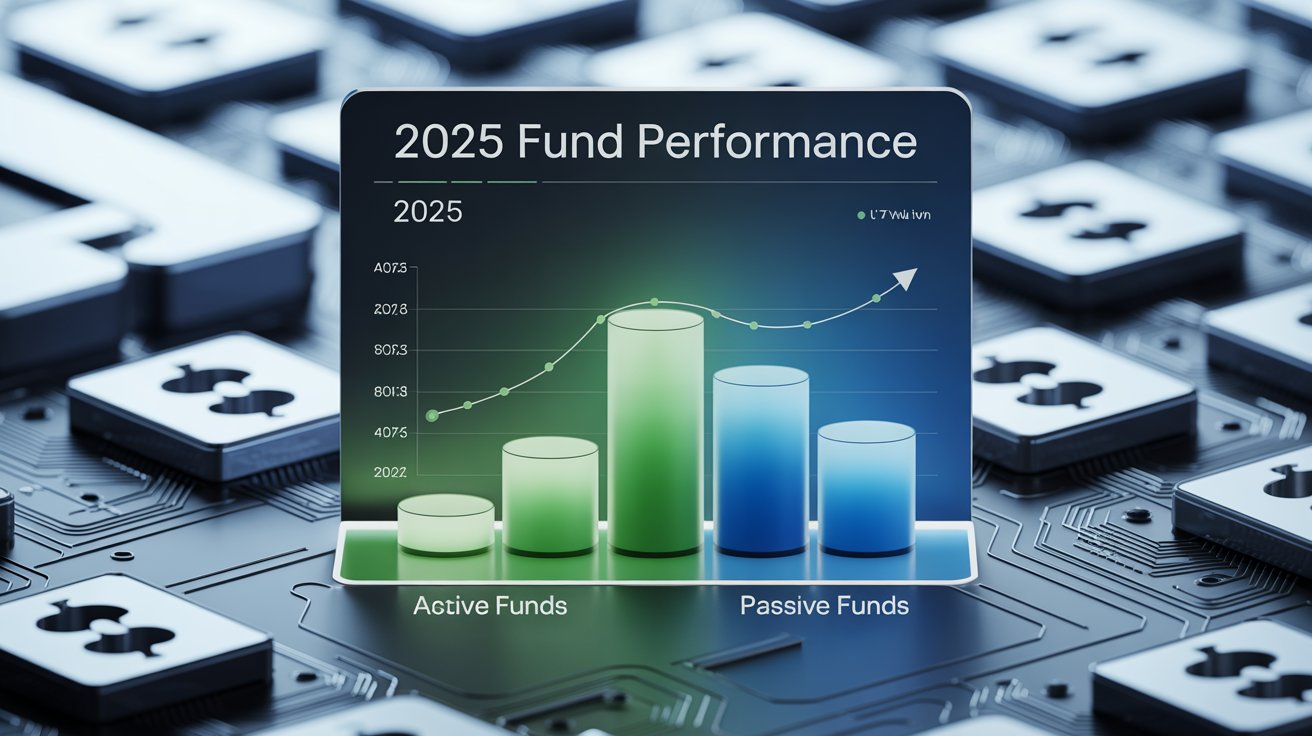
In 2025, according to Morningstar, a historic shift occurred in the investment world: passive funds officially surpassed active funds in total assets under management. This milestone marks a fundamental change in how people invest their money and could reshape the financial landscape for years to come.
What Are Active and Passive Funds?
- Active Funds: Managed by professionals who aim to beat the market through strategic buying and selling of assets.
- Passive Funds: Designed to track a specific index (like the S&P 500), aiming to match market returns rather than outperform them.
Passive funds are generally lower in cost and easier to manage, making them attractive for long-term investors.
Why Passive Funds Are Gaining Popularity
- Lower Fees: Passive funds often have expense ratios below 0.1%, compared to active funds that may charge over 1%.
- Consistent Performance: Many studies show that most active funds underperform their benchmarks over time.
- Accessibility: With ETFs and index funds available through online brokers, it’s easier than ever for retail investors to diversify.
The Impact of 2025’s Shift
Morningstar’s data revealed that passive funds now control over 51% of U.S. fund assets, while active funds have slipped to 49%. This change signals that more investors are prioritizing cost efficiency, transparency, and long-term growth strategies over the promise of beating the market.
What This Means for You
- Beginner Investors: Starting with a low-cost index fund can help you grow wealth without needing to constantly monitor the market.
- Experienced Investors: Consider blending active and passive strategies to balance growth potential with stability.
- Retirement Planning: Passive funds can help reduce costs and increase compounding over decades.
The Future of Fund Management
With technology, robo-advisors, and low-cost platforms gaining momentum, passive investing is likely to continue its rise. However, active funds may still play a role in niche markets, specialized sectors, and high-volatility environments where skill can add value.
Final Thought:
In 2025, the numbers tell the story — investors are voting with their dollars, and they’re choosing efficiency, simplicity, and predictability. The question is: will you join the passive revolution, or stick with active management in hopes of beating the market?
passive investing, active investing, passive funds 2025, active funds 2025, Morningstar investment trends, ETF investing, index funds, best investment strategies 2025, how to invest in ETFs, passive income from investing, low cost investing, financial planning 2025, retirement investing strategies, investing for beginners, stock market 2025